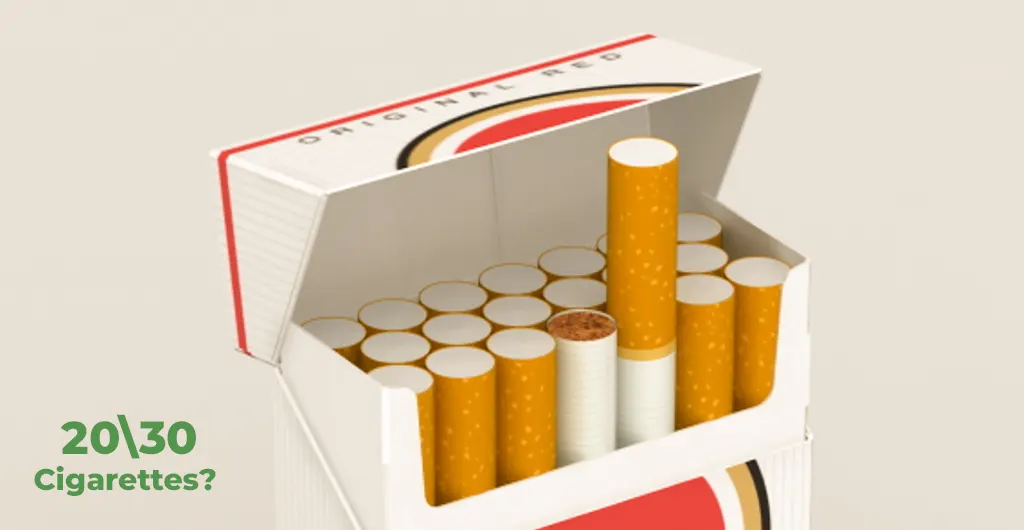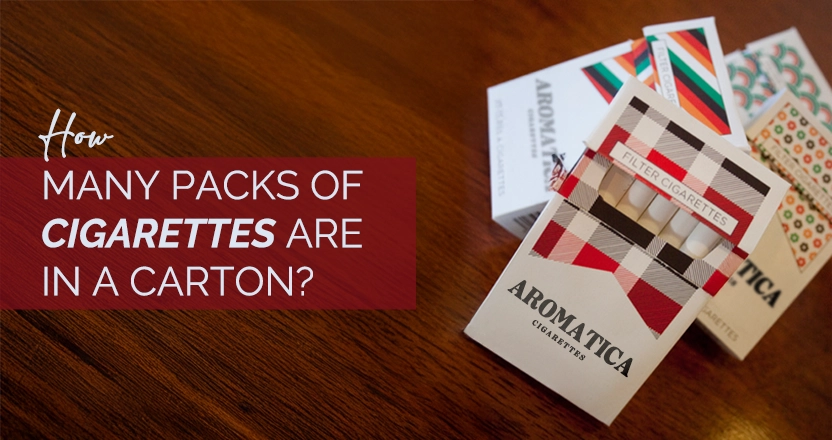
Oryx Custom Boxes
The Dark Side of Cigarette Packaging Engineering Addiction

still, they’ll say, “It’s just a box that holds cigarettes, If you ask most people what a cigarette pack is.” But if you look closer, you’ll find that it’s so much further than that. It’s a tool, a habit-former, and a quiet, advised piece of marketing that has helped make one of the most profitable and deadly diligences in mortal history.
Every aspect of the cigarette pack has been studied, tested, and meliorated from the number of cigarettes it holds to the sound it makes when you open it. The pack isn’t just a vessel. It’s a product in itself designed to shape gestures, make routines, and keep people coming back for more.
how many cigarettes in a pack Let’s peel back the layers and uncover the wisdom, psychology, and strategy behind cigarette packs and why a commodity so small continues to have such a big impact on the world.
The Pack’s part In Creating Smoking Rituals
Smoking isn’t just about lighting a cigarette. It’s about the process. The reach, the valve, the film of the lighter these are rituals. And rituals are important. They’re comforting, familiar, and hard to break.
The cigarette pack plays a central part in these routines. Just suppose about it.
• Smokers get used to how it feels in their fund or bag.
• They know how numerous are left grounded on weight or sound.
• They associate certain feelings stress, tedium, festivity with pulling one out.
By keeping the experience harmonious, the pack helps turn smoking into an automatic gesture. It removes the need to suppose. That’s why the size of the pack matters. 20 cigarettes per pack isn’t just accessible; it’s perfect for training the brain into a diurnal meter.
Why 20 Cigarettes? The Psychology Of volume
The number 20 is no accident. It’s just enough to last most smokers a full day. It also fits nicely into taxation programs, diurnal budget plans, and fund space. But the biggest reason is cerebral.
Twenty cigarettes a day creates a clear internal target. Smokers begin to pace themselves without indeed realizing it. However, they’ll get through the pack by bedtime, If they bum one cigarette every hour. This thickness reinforces the habit.
Some smokers indeed report feeling anxious if they fall below a certain number of cigarettes left in the pack a type of low-position fear that triggers another purchase, indeed if they aren’t planning to bomb more that day.
Marketing Inside The Pack: Subtle Cues And Brand Underpinnings
Indeed, though most countries now ban cigarette advertising, the pack itself is still a major marketing tool. That’s why tobacco companies fought so hard to repel plain packaging laws. When imprinting is removed from packs, smokers are less emotionally attached to the product.
Before regulations, every brand used
• Distinctive colors (red for Marlboro, green for menthols)
• Custom sources and ensigns
• Elegant or rugged accoutrements (like soft paper vs. hard packs)
These design choices weren’t arbitrary; they created brand fidelity. Indeed, the way cigarettes were arranged inside the pack straight lines, neatly spaced gave smokers a sense of order and care. Every pack looked like it was made just for them.
And when you feel tête-à-tête connected to a product, it becomes important and harder to give it up.

Pack Size And Public Health: What The Research Tells Us
Experimenters around the world have studied how pack sizes affect smoking gestures. The findings are clear.
• lower packs( like 10s) make cigarettes easier to buy impulsively.
• Larger packs (25s or 30s) lead to more frequent smoking due to easy access.
• Standard 20s keep people locked in habitual diurnal use.
That’s why numerous governments now regulate minimal pack sizes. By barring small packs, they raise the price of entry. That makes it harder for teens and low-income individuals to start smoking.
In fact, some countries, like Australia, have indeed introduced cigarette packs that bring in over $30 USD due to levies and regulation. This strategy aims to break the affordability cycle and reduce dependence over time.
The Emotional Pull Of A Full Pack
how many cigarettes in a pack ? There’s a commodity oddly assuring to smokers about seeing a full, unopened pack of cigarettes. It represents relief, stability, and control. Smokers frequently say effects like
“I just feel more knowing I’ve a full pack with me.”
This is emotional exertion. The pack becomes more than just a product; it’s a source of security, like a phone or a portmanteau. That’s why quitting is so delicate. You’re not just giving up nicotine you’re giving up the physical and emotional bolsterer that the pack has become.
It’s also why some smokers keep a pack in a hole “just in case,” indeed after quitting. The pack becomes emblematic of a safety net they’re not relatively ready to let go of.
The Assiduity’s Strategy Deals with Packs, Not Just Cigarettes
Tobacco companies don’t just vend cigarettes they vend gests. And the cigarette pack is their most effective armament.
That’s how they use it.
• thickness Smokers always know what to anticipate from their brand’s pack.
• Routine underpinning The act of opening, tapping, and pulling becomes alternate nature.
• Low disunion consumption No mess, no fuss, just snare a cigarette and go.
• Visibility Packs serve as walking announcements in hands, on tables, and in prints.
Indeed, when laws dictate plain packaging, companies find subtle ways to stand out through accoutrements, size, or indeed the smell of the pack. It’s all finagled to keep the product in sight, in mind, and in use.
Global Differences In Pack Regulation
Around the world, cigarette pack laws vary greatly. Let’s take a quick look.
• Australia Plain packaging, graphic warnings, and high prices. One of the strictest requests.
• UK and EU Formalized designs and warnings cover 65–85%of the pack, with minimal size executed.
• USA No graphic warnings on packs (yet), but adding pressure for regulation.
• India Warning images are needed, but enforcement varies. Loose cigarette deals are common.
• Japan Packs still carry branding, but dealing machine access is limited by age ID tech.
Each region tailors its rules grounded on culture, politics, and economics. But one thing’s harmonious: the cigarette pack remains at the heart of the fight.
Could Changing The Pack Break The Habit?
how many cigarettes in a pack still, the sense, the presence also, perhaps, one path to reducing smoking is changing the pack itself. If so much of the smoking gesture revolves around the pack the size.

Some bold ideas include
• Making packs harder to open or taking trouble to unleash
• Replacing cardboard with biodegradable accoutrements that fall piecemeal briskly
• Releasing cigarettes one by one through timed mechanisms
• Designing packs to disintegrate after many hours removing the capability to carry all day
While some of these ideas may sound extreme, they speak to a growing mindfulness that behavioral dependence is tied to packaging. Change the pack, and you might just change the habit.
The Box That Changed The World
A cigarette pack is a small object. It fits in your hand. It disappears into a fund. But its impact is massive.
It controls how important people bomb.
It reinforces routines that are hard to break.
It carries decades of emotional, social, and physical weight.
Understanding what’s inside a pack not just the cigarettes, but the strategy is crucial to changing how we fight tobacco dependence. It’s not enough to raise prices or ban advertisements. We’ve got to go deeper. We’ve to change the very way cigarettes are delivered into people’s lives.
Because occasionally, the fight for health begins not with a law or a lecture but with a box.
Contact Info
Business Address: 16714 Melba Jean St Southgate, MI. 4819 USA
Business Email: sales@oryxcustomboxes.com
Business Phone: +1 269-233-3680
